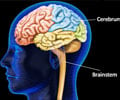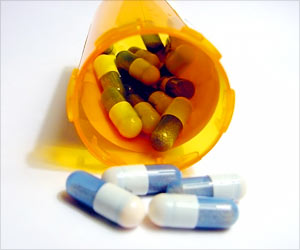A new algorithm developed by researchers tracks patients’ level of consciousness based on simple physiological markers that are monitored in hospital settings.

‘Scientists are thrilled to have found a simple, broadly applicable model for automatically assessing patient consciousness in clinical settings.’





“Consciousness isn’t a light switch that’s either on or off — it’s more like a dimmer switch, with degrees of consciousness that change over the course of the day,” said Samantha Kleinberg, an associate professor in Stevens’ department of Computer Science. “If you only check patients once per day, you just get one data point. With our algorithm, you could track consciousness continuously, giving you a far clearer picture.”
ICU Patients’ Consciousness: Low-cost Algorithm Eases Strain on Clinicians
To develop their algorithm, Kleinberg and her Ph.D. student Louis A. Gomez partnered with Jan Claassen, director of Critical Care Neurology at Columbia University, to collect data from a range of ICU sensors — from simple heart rate monitors up to sophisticated devices that measure brain temperature — and used it to forecast the results of a clinician’s assessment of a patient’s level of consciousness. The results were startling: using only the simplest physiological data, the algorithm proved as accurate as a trained clinical examiner, and only slightly less accurate than tests conducted with expensive imaging equipment such as fMRI machines.“That’s hugely important, because it means this tool could potentially be deployed in virtually any hospital setting — not just neurological ICUs where they have more sophisticated technology,” Kleinberg explained. The algorithm could be installed as a simple software module on existing bedside patient-monitoring systems, she noted, making it relatively cheap and easy to roll out at scale.
Besides giving doctors better clinical information, and patients’ families a clearer idea of their loved ones’ prognosis, continuous monitoring could help to drive new research and ultimately improve patient outcomes.
“Consciousness is incredibly hard to study, and part of the reason is that there simply isn’t much data to work with,” said Kleinberg. “Having round-the-clock data showing how patients’ consciousness changes could one day make it possible to treat these patients far more effectively.”
More work will be needed before the team’s algorithm can be rolled out in clinical settings. The team’s algorithm was trained based on data collected immediately prior to a clinician’s assessment, and further development will be needed to show that it can accurately track consciousness around the clock. Additional data will also be required to train the algorithm for use in other clinical settings such as pediatric ICUs.
Advertisement
“It was a high-risk, high-reward project,” Kleinberg said. “It was extremely exciting to find we could use these signals to classify patients’ levels of consciousness.”
Advertisement












